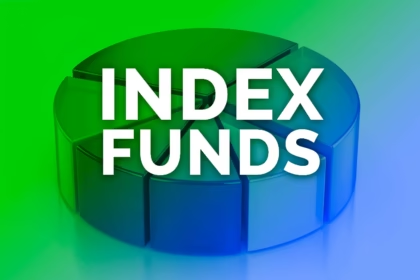Have you ever wondered about the value of a Financial Advisor? In 2016, Vanguard put a team together to study just that. According to Vanguard the value is about 3%, which they define as 3 percentage points of additional net return annually over an unspecified period of time. This 3% is broken down to 1.5% coming from portfolio construction and management and 1.5% from advisor guidance.
Asset Allocation – Vanguard did not assign a value however mentions that “value added was deemed significant but too unique for each investor to quantify, based on each investor’s varying time horizon, risk tolerance and financial goals.” An advisor must first determine a clients’ risk tolerance, time horizon and financial goals and then will proceed to determine an asset allocation suitable for that client.
Cost-effective Implementation – The study found this value to be .40% annually. This is relatively straight forward, gross return less costs equal net return. The lower the cost the higher the return and in a low-return environment costs will have a greater impact.
Asset Location – Vanguard estimates the potential value added is between zero and.75% per year. The greater mix of taxable and tax advantaged accounts in a portfolio the greater the value. If you had only tax advantaged accounts, IRAs as an example, there would be no value added. Asset location involves positioning investments to maximize after-tax returns.
Rebalancing – The potential value added is .35% per year. This was based an annual rebalancing of a 60% stock / 40% bond portfolio. Rebalancing a portfolio back to its original allocation will reduce risk since holdings that have performed well would be scaled back so they don’t represent too large a position in the portfolio. Additionally, investments that have not performed as well would be increased with the expectation of future higher returns. Sticking to a designed asset allocation over time is important to reaching long term goals.
Spending Strategy – This was valued as up to 1.10%. The greater mix of taxable and tax advantaged investments and your marginal tax bracket determines how much value you may get from a strategic spending strategy. The strategy will try to minimize taxes as well as maintaining or increasing the value of the portfolio. This value is derived during the spend down period of a portfolio as opposed to when you were adding to your portfolio.
Advisor Guidance / Behavioral Coaching – Valued at 1.50% annually in this study. It is noted that other researchers have concluded that the added value is between 1% and 2%. Advisors help clients focus on a long term, disciplined approach, avoiding market timing and investment “tips” which could be costly. The study describes an advisor as the “emotional circuit breaker” in a bull or bear market, saving you from making ill-timed decisions. Vanguard also points out “the average investor cannot be above average” by illustrating the returns of average US equity investors compared to the S&P 500. The S&P 500 outperformed in each of the 20 years concluding that market-timing and performance chasing can reduce investor returns.

Kelly Bashore
KBashore@AddisHill.com

